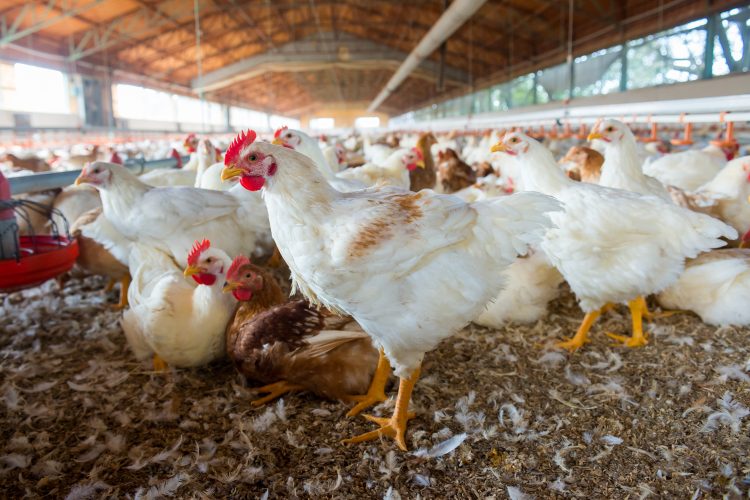Could big data be the key to reducing antimicrobial resistance?
- Like
- Digg
- Del
- Tumblr
- VKontakte
- Buffer
- Love This
- Odnoklassniki
- Meneame
- Blogger
- Amazon
- Yahoo Mail
- Gmail
- AOL
- Newsvine
- HackerNews
- Evernote
- MySpace
- Mail.ru
- Viadeo
- Line
- Comments
- Yummly
- SMS
- Viber
- Telegram
- Subscribe
- Skype
- Facebook Messenger
- Kakao
- LiveJournal
- Yammer
- Edgar
- Fintel
- Mix
- Instapaper
- Copy Link
Posted: 23 August 2023 | New Food | No comments yet
Could “groundbreaking” new technology be the key in the fight against AMR, which the WHO has named one of the top 10 threats to global health.


A new study suggests that using big data and machine learning in antimicrobial resistance (AMR) surveillance in livestock production methods could help inform interventions and offer protections against germs that are becoming resistant to antibiotics.
Over two and a half years, researchers at the University of Nottingham analysed microbiomes from chickens, carcasses and environments. The resulting network of correlations between livestock, environments, microbial communities and antimicrobial resistance suggests multiple routes for improving antimicrobial resistance surveillance in livestock production, the researchers claim.
The team, led by Dr Tania Dottorini, Professor of Bioinformatics, used a data-mining approach based on machine learning in ten large-scale chicken farms and four connected abattoirs from three provinces in China – one of the largest consumers of antimicrobials. The use of antimicrobials used to prevent and treat infections in livestock production on farms is associated with the rise of antimicrobial resistant (AMR) infections.
The study, published in Nature Food, identified several antimicrobial resistant genes (ARGs) that were shared between chickens and the farms they lived on that are potentially highly transmissible.
The findings also show that a core subset of the chicken gut microbiome, featuring clinically relevant bacteria and antibiotic resistance genes correlates with AMR profiles of E.coli, colonising the gut. Notably, this core, which contains clinically high transmissible ARGs shared by chickens and environments, is influenced by environmental temperature and humidity, and correlates with antimicrobial usage.
Antimicrobial resistance (AMR) is one of the top 10 global public health threats facing humanity according to the World Health Organization. AMR threatens the effective prevention and treatment of an ever-increasing range of infections caused by bacteria, parasites, viruses, and fungi.
The researchers pointed out that in many countries, chickens are housed in sheds that do not have an effective climate control system, and therefore experience substantial temperature and humidity variations. The study results indicate that the core features of the gut microbial community and resistome, found to be correlated with resistance in E.coli, are also correlated with changes in temperature and humidity in chicken housing.
The research team claims that associations between environmental variables, and the species and genes associated with AMR, present opportunities for the development of novel AMR monitoring solutions, especially in low-middle-income countries where these variables are not controlled and pose a risk to the animals that are exposed to changes in them.
“The spread of antimicrobial resistant microorganisms and AMR at the human-animal-environment level and food interface is a major global concern. The transmission of AMR can take place through different routes and pathways, and the food chain, either indirectly via food consumption or directly through contaminated food-animal handling and manure or faecal contamination is a relevant one,” said Dr Dottorini.
“We have demonstrated how methodologies can be developed that can associate a wide array of microbial species and genes with observable AMR, and further assessed how those are associated with the environmental variables of temperature and humidity. Next, we must consider all relevant and interconnected AMR datasets in a 360° approach, which will deepen our understanding and control of AMR spread.
“This is an exciting moment. We are ready to invest in new AI-powered AMR integrated surveillance approaches to identify the drivers and the mechanisms underlying the insurgence and spread of AMR, and of new genetic variants of resistant pathogens across animals, environment, humans, and food. This will be groundbreaking.”









